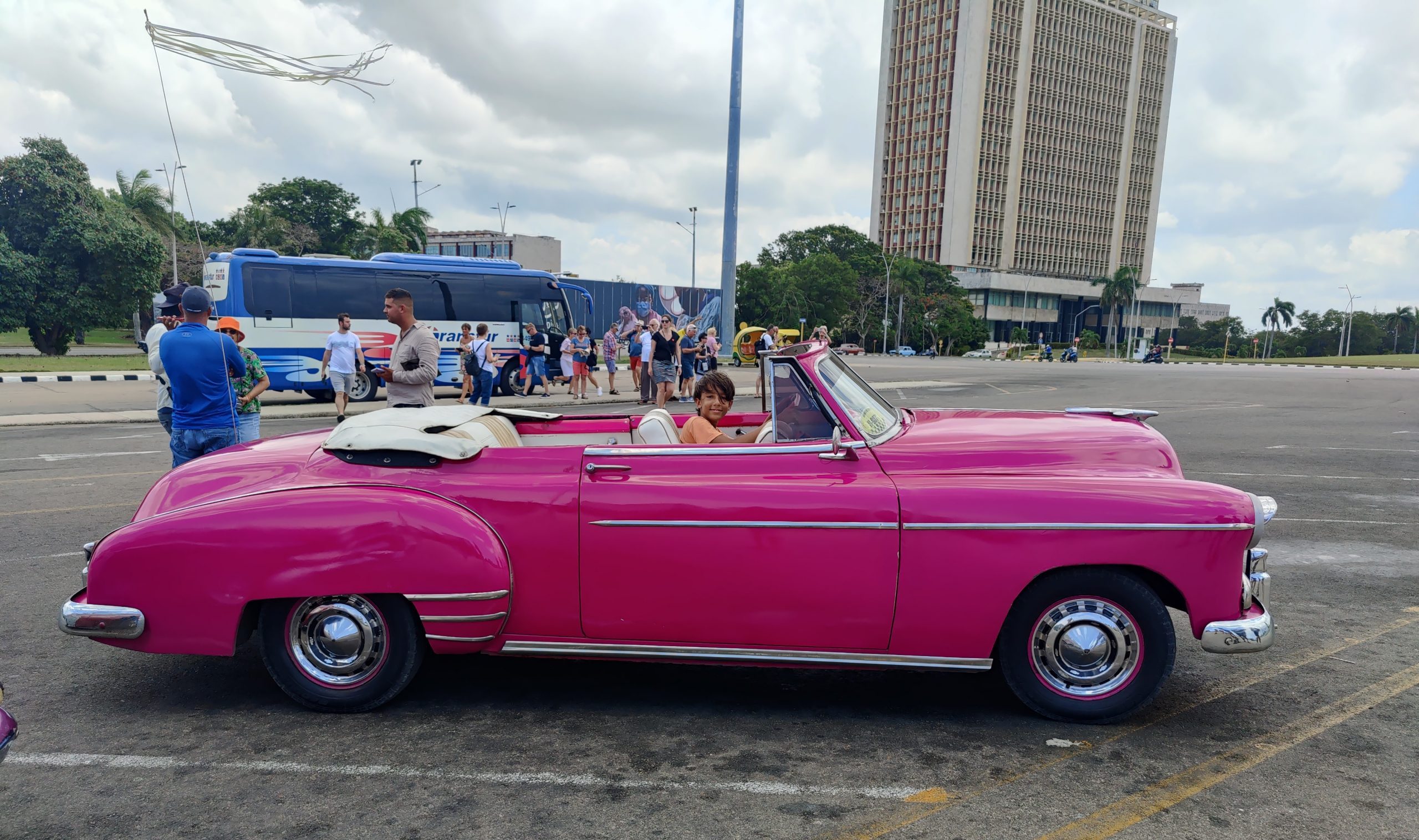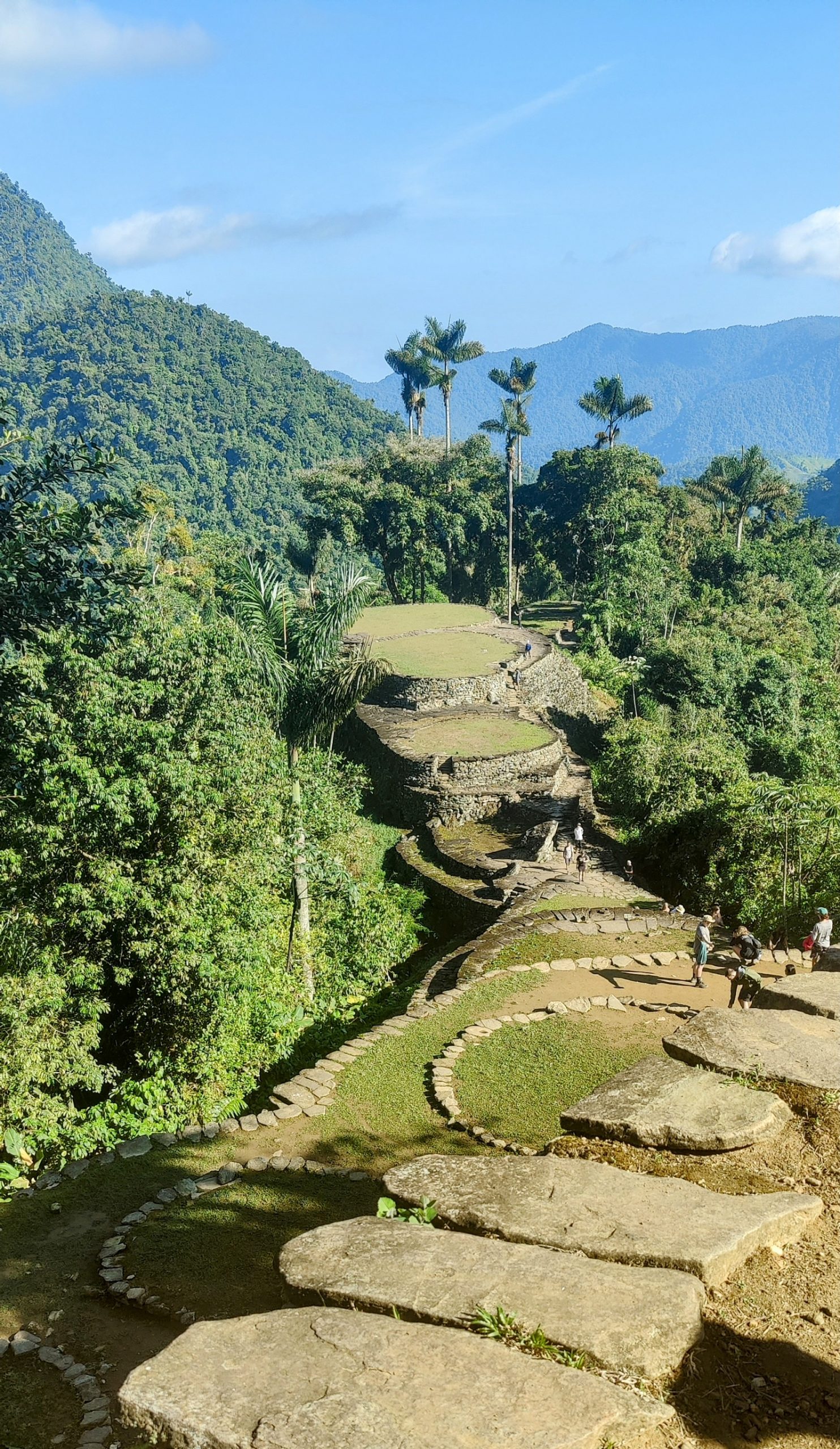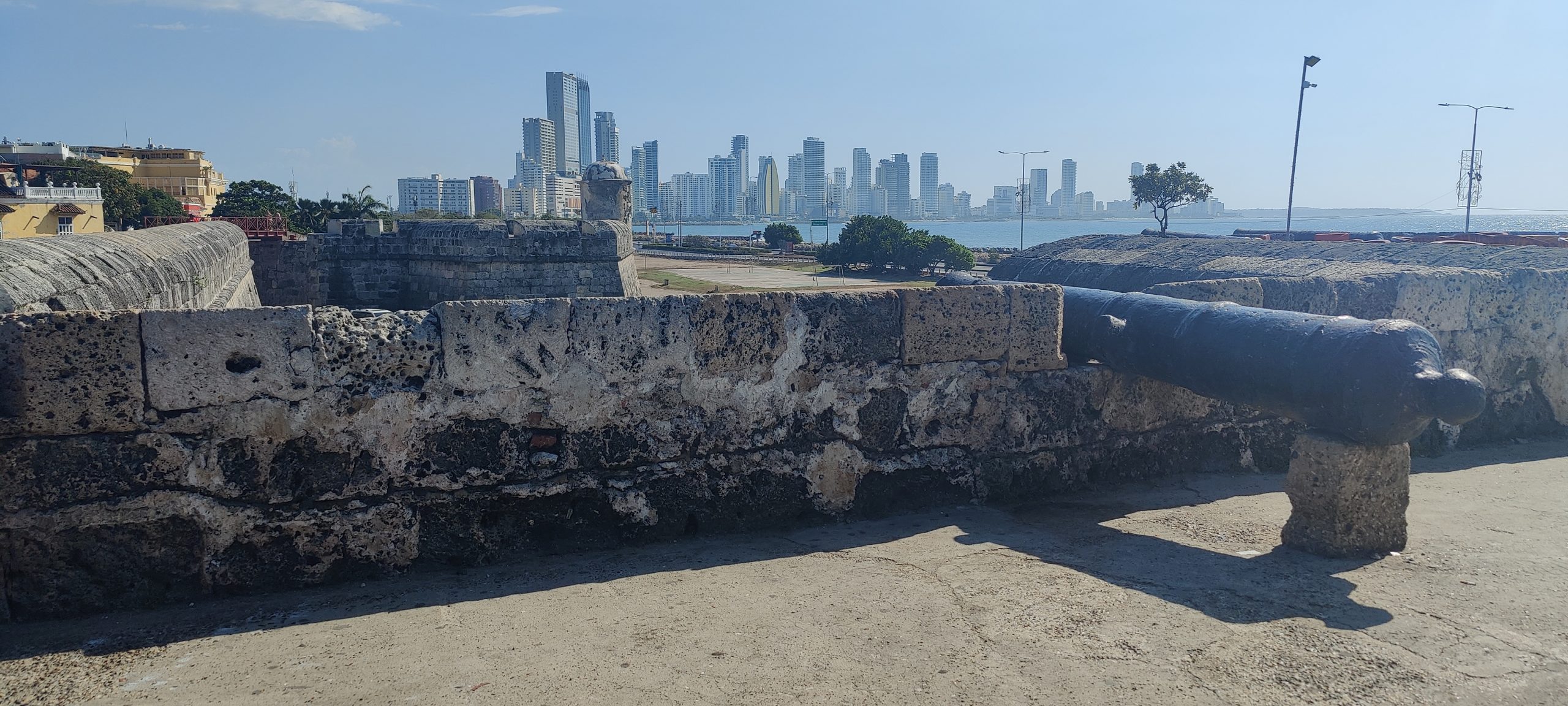Cuba has been on our bucket list for many many years, and sailing to Cuba was like with other places a nice way to arrive at a new country. We were excited to finally get there. We wanted to see for ourselves how socialism functions in Cuba despite trade sanctions, among other challenges.
Sailing to Cuba with our own vessel
Since we were sailing to Cuba from the USA, we had to get visas at a Cuban travel agency in Florida. The Americans need you to provide a reason for visiting Cuba. Apparently tourism is not a valid reason. We checked on the “Helping the Cuban people” box, and our very expensive visas were expedited.
Sailing to Cuba from Key West, we hit the Gulf Stream current in the last part of the journey. We had reduced speed to make sure to arrive in Marina Hemingway in the morning. The marina had warned us not to arrive at night time. The entrance is surrounded by reefs and takes you through a very narrow channel with no lights in the buoys.
The check-in procedure for Cuba
As with other countries, we had checked noonsite for clearance procedures, and were aware that we had a long procedure coming.
In our experience it was very cumbersome compared to other countries, we had visited so far.
Officials from various departments inspected our boat. The Guarda Frontera, Immigration, Customs, a doctor, an official from the Sanitary Department and one from the Agriculture Department.
Customs and immigration inspected the boat and wrapped our Satellite communications and drone in tape to make sure we didn’t use them in Cuba. The officials were very thorough and looked even in the bilge and asked questions about everything. Apparently it was very important to register how many bikes and paddle boards we were carrying. We all had our temperatures taken by a doctor, who was excited to be there. It was his first time on a boat as an official and he took selfies with Anton. The officials from the Sanitary and Agriculture Department asked somewhat similar questions, like how much meat we had onboard, how many vegetables, if we had any eggs etc.
Marina Hemingway
Marina Hemingway is a renowned marina, constructed in the late 1950s and early 1960s on the western outskirts of Havana. The marina was named after Ernest Hemingway due to his deep connection with Cuba, where he spent a significant portion of his life and had a close relationship with the country. He frequently visited the marina and used it as a base for his fishing expeditions.
Although prosperous in the beginning, following the Cuban Revolution in 1959 and the strained relationship between the United States and Cuba, Marina Hemingway experienced a period of decline. However, in recent years, the Cuban government has invested in renovating and upgrading the marina, aiming to attract more tourists and boating enthusiasts to the region.
After several hours of check-in we got a spot in the marina, which was huge. But there were hardly any boats in there, and the facilities were all worn out. In the surrounding hotels, we saw a lot of staff taking care of things, but very few guests. It almost felt like a ghost town.
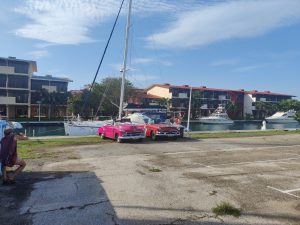
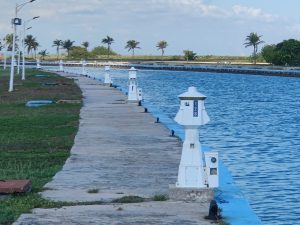
Havana
Since our Starlink no longer worked, our first task in Havana was to buy some data cards. I’m not sure we would have been able to use the Starlink in Cuba anyway. We took a charming old jeep taxi into the city of Havana.
The chase for Data Cards
As we stood there looking like clueless tourists, a woman passed by and helped us find a post office where we could buy data cards. It turned out to be expensive(35US$ for 6 GB), and we needed our passports to purchase them, which we didn’t bring to town. Outside the post office, a man offered to sell us data cards “off the system”. After some conversation with him, Martin and Dave each bought a card with 8 GB for 25US$. As soon as they paid, the man disappeared, and the cards only semi-worked at first. Later they didn’t work at all.
A walk through the charming streets of Havana
Havana in it’s expression is a very diverse city with a mixture of new and old buildings. Some of the new ones stood proudly and well-maintained, while many of the old buildings were deteriorating. It was a shame because you could glimpse the architectural beauty and imagine the stories of their former grandeur.
We took a walk around the old town, and it was fascinating to experience a city that wasn’t overly touristy. We didn’t sense the same desperation we had encountered in other Caribbean islands, where people were constantly trying to sell us something. As we wandered the small streets, we mostly observed the everyday life unfolding among the locals. Despite limited means, we didn’t see any beggars or homeless people, which we had seen in many countries before.
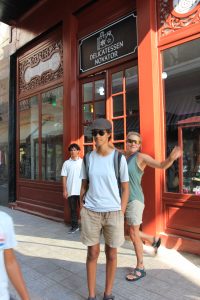
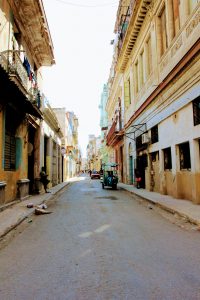
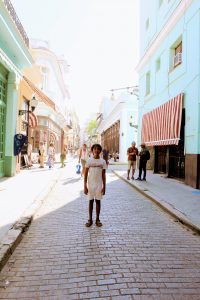
Tour with old convertible cars
The next day, we decided to go on a tour with some local guides that Marilee and Dave had met during their morning jog. I must mention that Marilee and Dave are very active, and they inspired Elliott and me to go on a few jogs in Cuba as well.
An educational Tour with insight in the Cuban Society
The tour was, of course, in some old convertible American cars. The guides showed us around and talked about the hardships faced by Cubans, which had worsened over the years. They showed us the affluent neighborhoods where top officials and military personnel lived in their grand houses.
The guides were understandably critical of the inequality in a society built on equality. Another example they shared was the gasoline rationing system, where they had a queue number that was over 2000 on that day. They had been waiting for several days to get gasoline. They had constructed a system to empty their fuel tanks fully before it was their turn to fill up with the 40 liters of fuel, they were entitled to. If you were military or held a high-ranking position, you didn’t have to wait in line for gasoline. Naturally enough the shortage had created a black market for fuel.
The guides wanted change and a better future for them and their families. Many young Cubans, including two of the guides, were trying to get a visa to move to Spain and the United States in search of better living conditions.
Voodoo ceremony
During the tour, we also passed through a rainforest where a religious ceremony similar to voodoo was taking place. It is a religion originating from Africa but still practiced by a minority in Cuba. A chicken was sacrificed in the forest, and nearby we could see vultures perched on tree branches, ready to get their share of the ceremony.
The Data Cards
The guides also helped us buy data cards from another post office for only 6US$. It turned out that the ones, we bought from the street, were meant for locals. After selling the cards to us, they simply went in and cancelled them and got themselves new cards for free. It was surprising that the lady in the postoffice we went to the first day, wanted to charge us 35US$ for the cards. We really didn’t expect that at a public office.
We were glad to have got the guided tour. Apart from sightseeing, it was also a tour about the Cuban society and the everyday lives of its people.

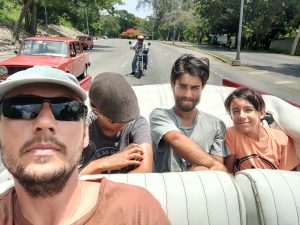
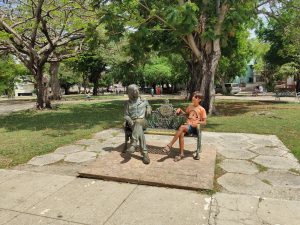
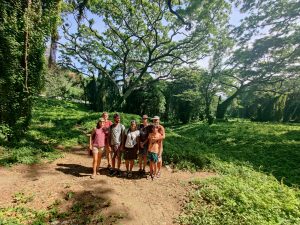
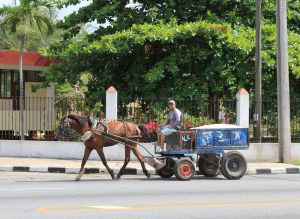
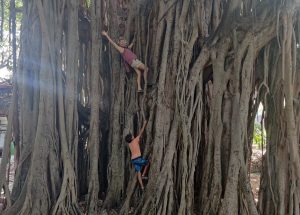
Another perspective
Later on Martin had some conversations with a local around the marina. He shared stories of the happy days when the marina was filled with American tourist boats before changes in the US embargo took effect in 2016. After that, American tourists stopped coming, and Cubans lost the tourist economy and access to things like spare parts for their old cars and machinery.
In any case, we could clearly feel that we were visiting Cuba during a difficult time, with shortages of goods and a growing discontent among the population. It was markedly different from our expectations, yet a very educational experience.
Up next
Coming up in next post is our time sailing along the east coast of Yucatan in Mexico.
